Increased venous return is a common benefit gained through massage. Venous return is the rate in which blood travels back to the heart. A range of massages increase venous return by using a variety of techniques to help push the blood in the direction of the heart. Increased venous return can increase relaxation and reduce tension within a person's body and can be used to help in a variety of different situations. Our massage therapists at Physio.co.uk use massage to increase venous return to decrease pain, increase relaxation and prepare a person for activity.
What is increased venous return?
Venous return is the rate at which blood flows back to the heart. Blood is transported back to the heart through the inferior and superior venae cavae. When venous return increases, the removal of metabolic wastes within the body also increases. This is due to blood being circulated around the body more efficiently, removing waste products more quickly. Muscles also increase in energy when venous return increases. As more blood is brought back to the heart, this blood is able to become re-oxygenated and delivered to all working muscles, providing them with an increase in oxygen and nutrients. Deep, longitudinal effleurage strokes are used to increase venous return. The strokes are performed in the direction of the heart so that blood can be pushed through vessels towards the heart.
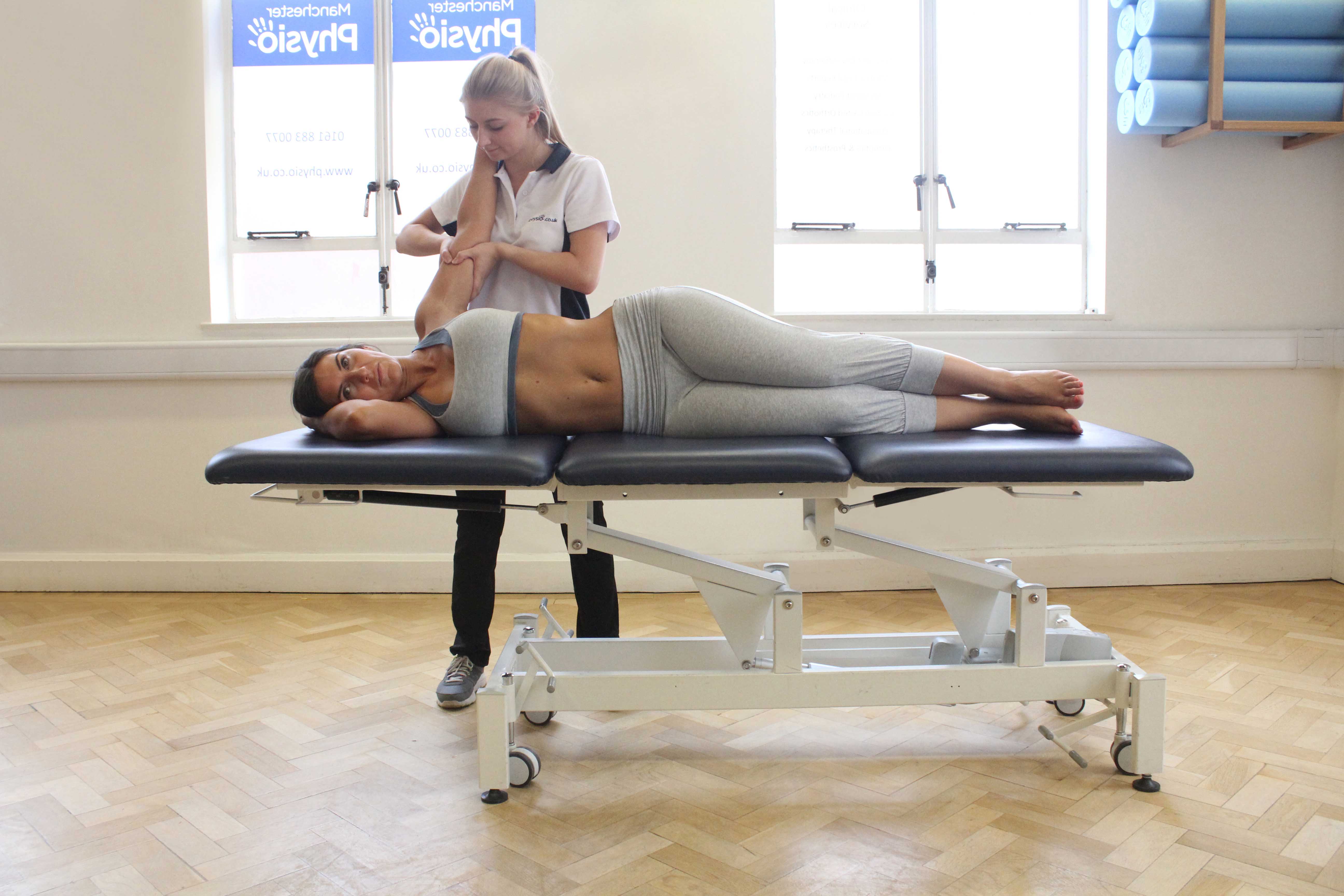 Above: Massage enhances the vascular pump of blood around the body.
Above: Massage enhances the vascular pump of blood around the body.What are the benefits of increased venous return?
There are many benefits gained when venous return increases. The benefits of increased venous return include:
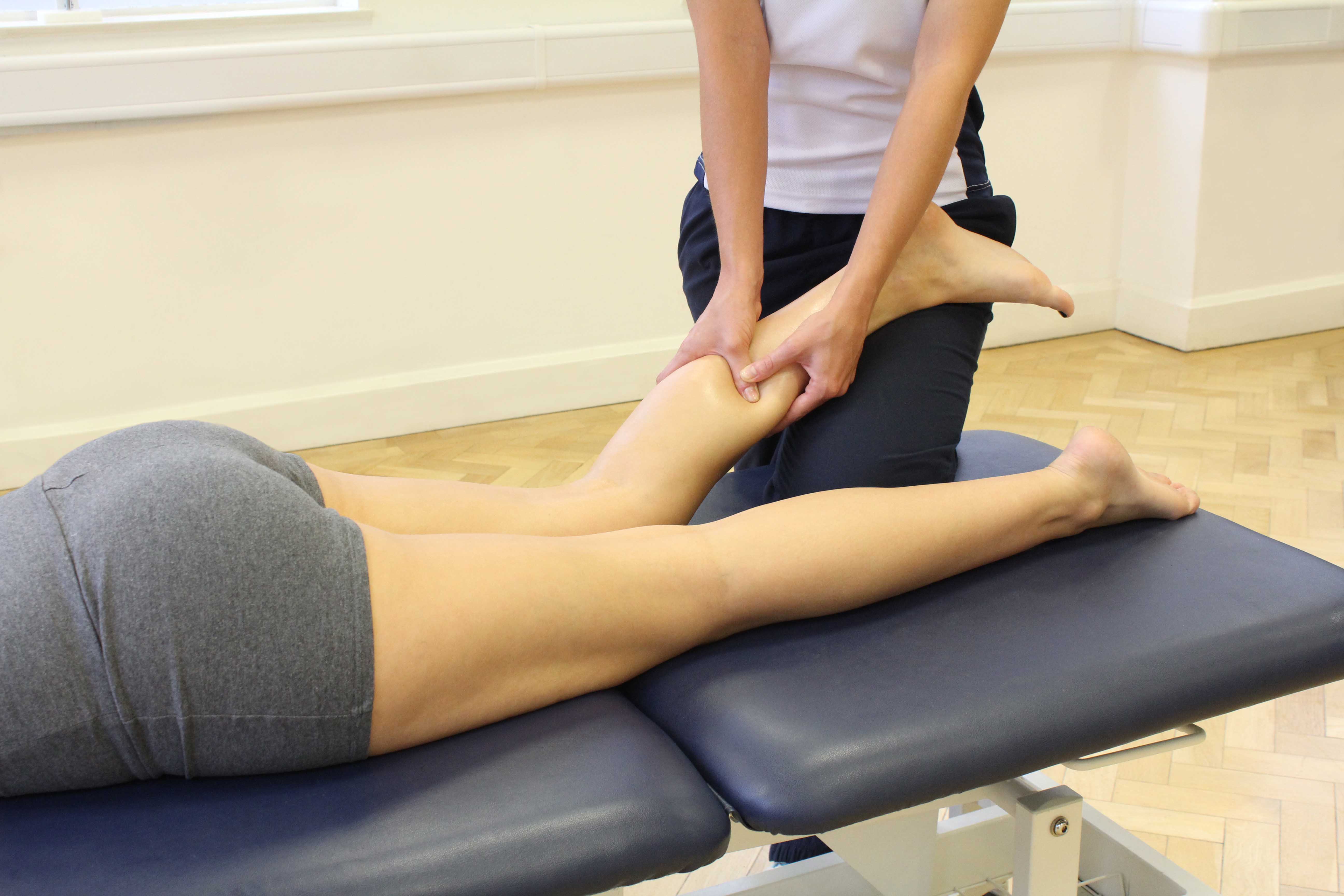 Above: Deep tissue massage to improve lympatic drainage and venous return
Above: Deep tissue massage to improve lympatic drainage and venous returnVenous return can increase relaxation. Increasing venous return also increases blood circulation. Increasing circulation helps to raise muscle temperature. Rising muscle temperature increases tissue elasticity and flexibility to reduce tightness. Reducing tightness decreases pain and increases relaxation. As circulation is increased with venous return, the quantity of healthy oxygen and nutrients being delivered to muscles also increases. Increasing healthy oxygen and nutrients can help repair damaged muscles and also reduce muscular fatigue. Repairing damaged muscles and reducing muscular fatigue can also contribute to decreased pain to further increase relaxation.
Reduced tension is a benefit gained when venous return increases. Muscular tension is where muscles in the body stay contracted after exercise and do not relax. When venous return is increased, an improvement in blood circulation occurs. A more efficient blood circulation allows muscles to increase in temperature, enabling them to stretch and loosen. Loosening muscles takes them out of the state of contraction and enables them to relax. Relaxing muscles results in decreased tension.
Increasing venous return can help increase vasodilation. Vasodilation is where muscles lining blood vessels relax, allowing the vessels to widen. When blood vessels widen, an increase in blood is able to travel through them. Increasing blood flow through vessels promotes a more efficient blood circulation. A more efficient circulation helps maintain strong, healthy muscles.
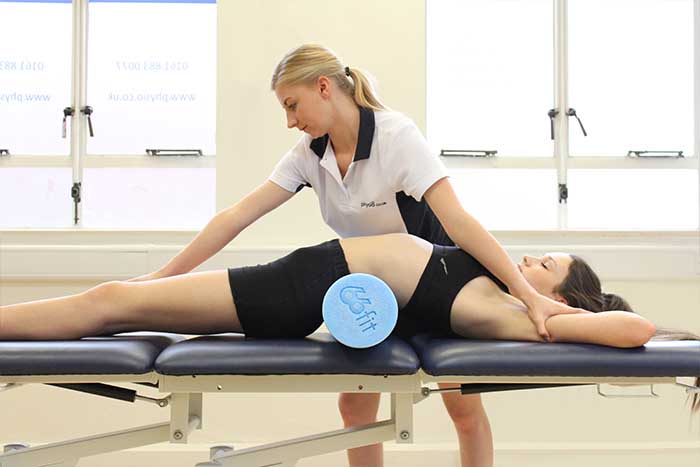
What techniques are used to increase venous return?
A variety of techniques are used to increase venous return. The most common techniques used include:
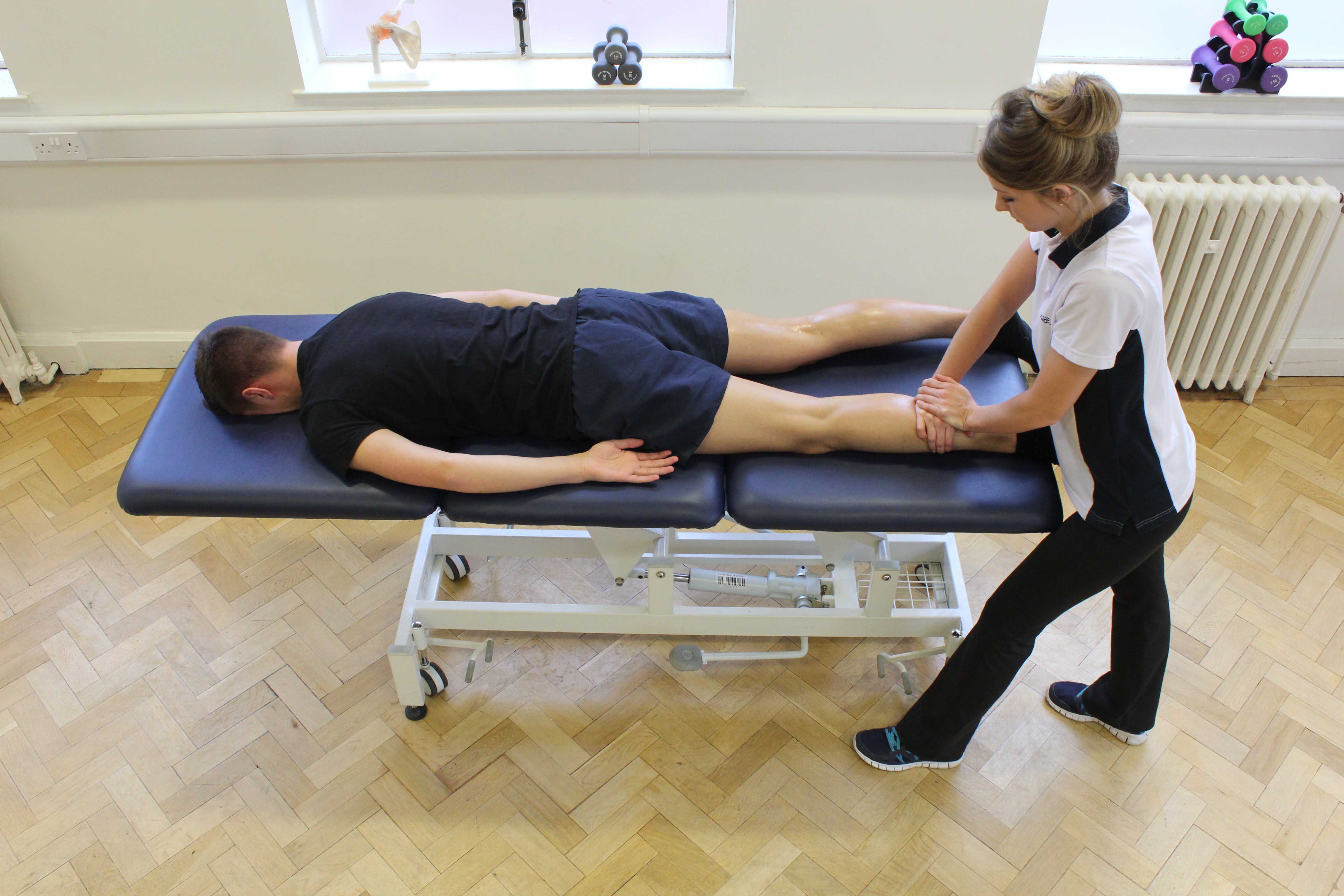 Above: Deep tissue massage to improve lympatic drainage and venous return
Above: Deep tissue massage to improve lympatic drainage and venous returnEffleurage can help increase venous return. Effleurage is performed using flat hands and fingers. A firm pressure is used, in the direction of the heart. Effleurage helps to increase circulation around the body, and loosen muscles. Increasing the circulation means that there is an increase in the rate of blood being returned to the heart. Increasing venous return through effleurage can help reduce muscle tightness and also promotes healthier stronger muscles due to an increase in blood being circulated around the body.
Deep strokes are used to help increase venous return. Deep strokes are performed along muscles where a deep, firm pressure is placed on a person with flattened hands and fingers. Deep strokes, much like effleurage, increase muscle temperature and circulation. Muscle tightness is further reduced as the strokes enable the massage therapist to get deeper into the muscles. Due to the firmer, deeper pressure used, more blood is pushed through veins in the direction of the heart, increasing venous return.
Lymphatic drainage is a technique used to increase venous return. Lymphatic drainage is a technique that is used to improve the flow of the lymphatic system. After injury or conditions such as lymphedema, an increase in swelling occurs at the injury site. Swelling is made up from excess fluids that have built up to protect the area from further damage. Directional strokes are used within lymphatic drainage using the lumbricals of the hands. Lymphatic drainage increases blood and lymph flow to decrease swelling and increase healing. As more fluids are drained from the body, blood flow increases resulting in an increase in venous return.
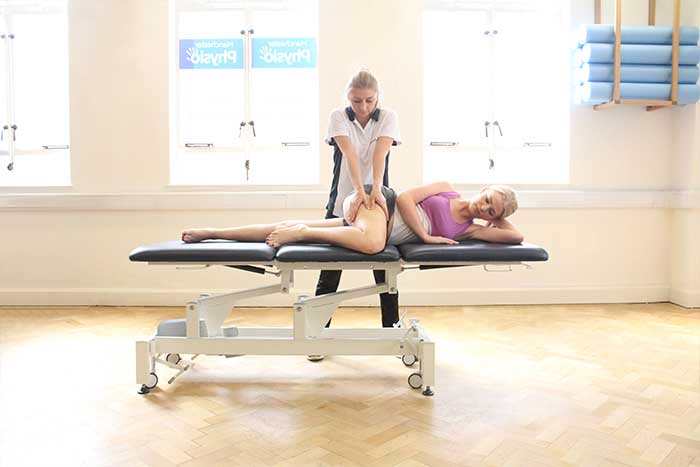
What situation would increased venous return help?
Increased venous return can help in many situations. Situations when increased venous return helps include:
Increased venous return can help pre event. Increasing venous return increases the amount of blood to be transferred back to the heart to be re-oxygenated. The re-oxygenated blood is then delivered to the muscles around the body. The more the venous return is increased, the more oxygen will be available for the muscles to use. Increasing the amount of oxygenated blood to be delivered to the muscles provides them with an increase in energy for the event that is about to take place. Increasing venous return also increases muscle temperature. Increasing muscle temperature allows muscles to loosen to reduce tightness and increase in range of movement. Increasing range of movement is essential pre event as it reduces the chances of injury during short bursts of movement.
Stress can be reduced when venous return is increased. Stress can be shown both physically and mentally. When venous return increases and helps to reduce muscle tightness, stress within muscles is also reduced allowing them to relax. Allowing muscles to relax also decreases pain. Decreasing pain can help reduce stress mentally as a person is able to mentally relax without the irritation of tight, tense muscles.
Increased venous return can help post surgery. Surgery can leave damaging effects on a person's body. Increasing venous return encourages a more efficient circulation to help provide injury sites with an increase in oxygen and nutrients, essential for the repair of damaged tissues and cells. Increased venous return can also help reduce muscle tightness and tension that has occurred as a result of surgery. Tightness and tension can increase pain and irritation for a person. As an increase in blood is delivered to muscles, their temperature rises allowing their elasticity and flexibility to also increase. Increasing muscle tissue elasticity and flexibility helps to reduce tightness and tension which helps to reduce pain therefore relieving some of the symptoms caused by surgery.
Summary
Venous return is the rate of blood flow back to the heart. Increased venous return has many benefits including increased relaxation, reduced tension and increased vasodilation. Many techniques including deep strokes, lymphatic drainage and effleurage are used to increase venous return and help pre event, stress and post surgery. Our massage therapists at Physio.co.uk use massage to increase venous return to help reduce pain, decrease tightness and increase relaxation.
How can I arrange a sports massage?
The easiest way to arrange a sports massage at Physio.co.uk is to email us at office@physio.co.uk or call us on 0800 033 7800.
Alternatively if you have any questions please feel free to contact us.
We offer a 7 day service and provide home and clinic appointments.

 0330 088 7800
0330 088 7800






































